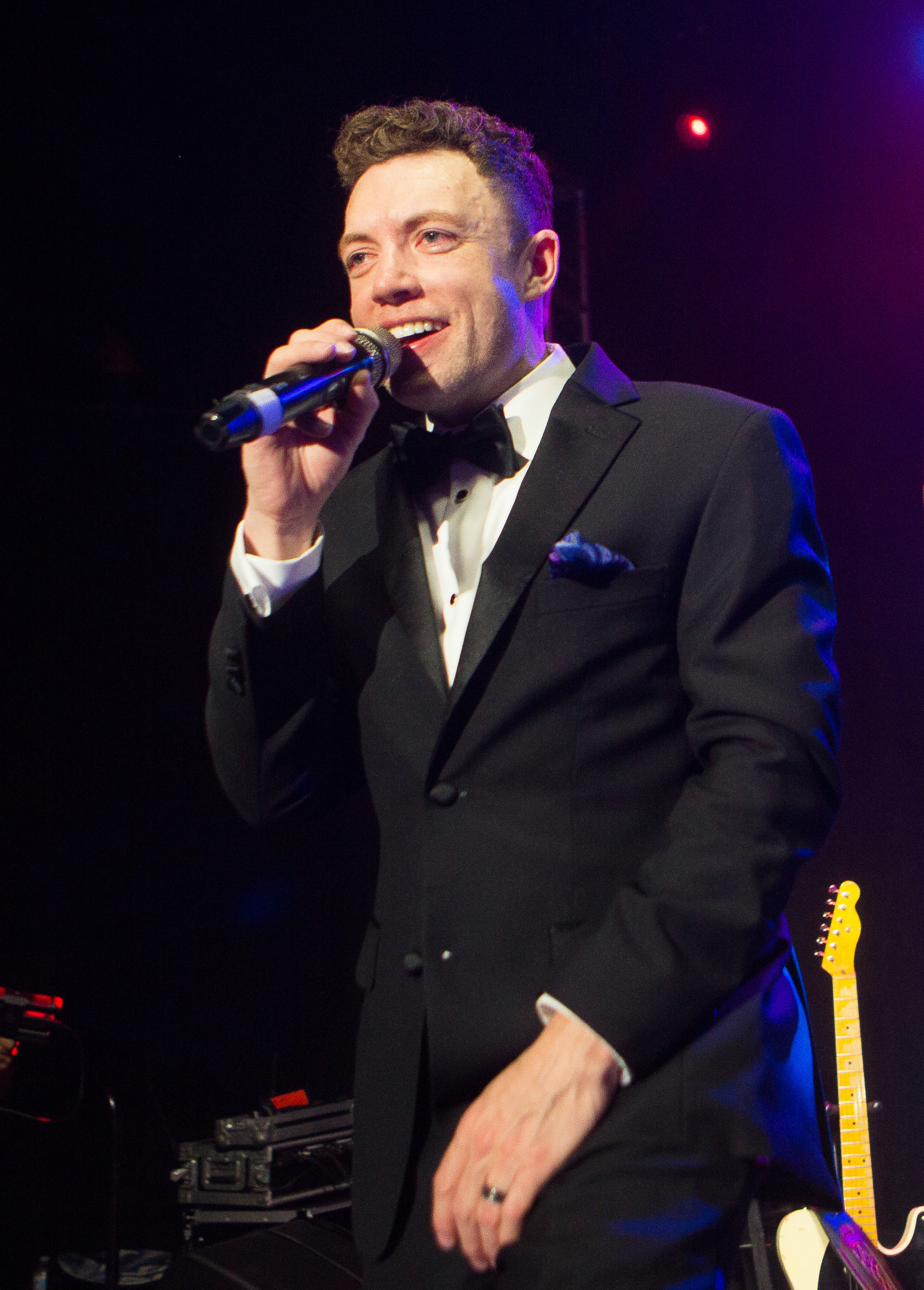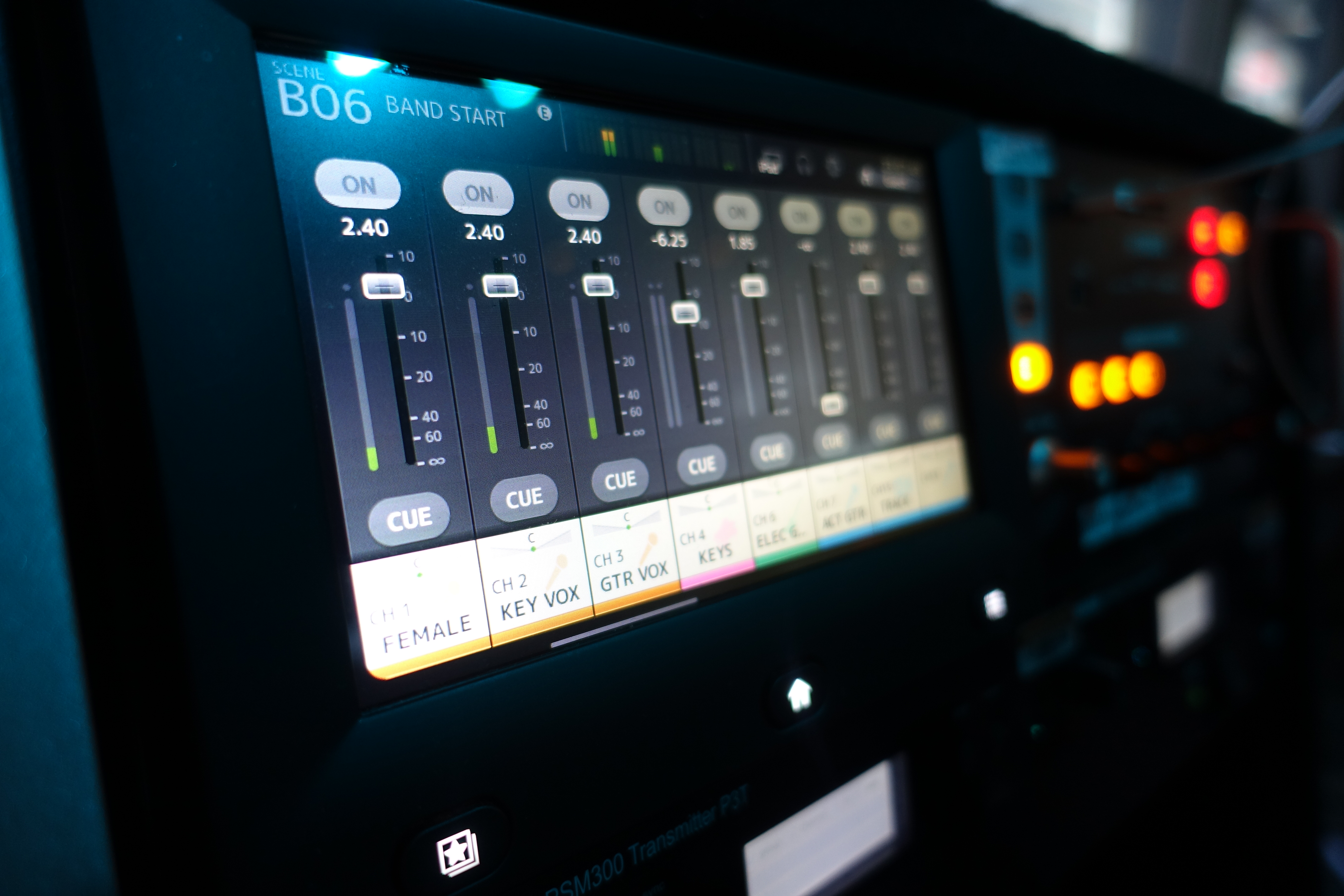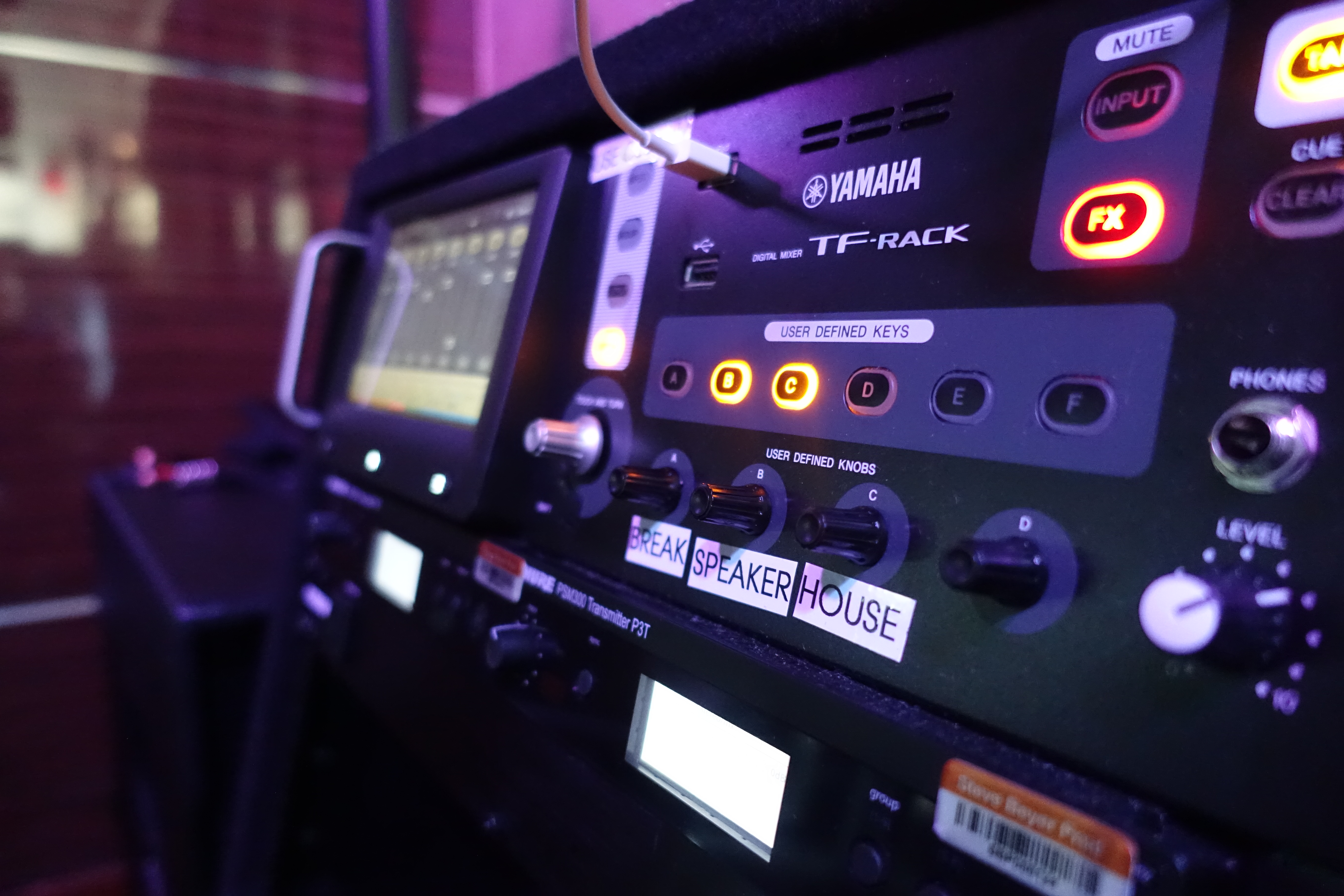Being located in Las Vegas, Steve Beyer Productions is used to complicated, large scale events. But one of its most complex use cases scales nationwide: high-end restaurants featuring live musical acts ranging from singer-songwriter duos to dozen-piece dance bands with horns. Central to overcoming the sonic challenges therein is consistency, and central to achieving that is the Yamaha TF Rack digital mixer, winner of AV Technology's InfoComm 2017 Best of Show Award.

“We've developed a string of about 40 restaurants, both chains such as Mastro’s and other properties in the Landry’s group, and some real classics like The Peninsula Hotel in Chicago and Red Eye Grill in Manhattan,” said Woody Jarrett of Steve Beyer Productions. “We don’t really sell ourselves as a booking agency or sound company in this context. We sell ourselves as consultants who help raise the restaurants’ revenue.
“One challenge is the break music between sets,” Jarrett continued. “This often consists of compressed MP3s on a manager’s iPad, and it will sound a lot louder if it suddenly comes out at the same level as the live band. Especially in the distributed speakers for peripheral dining areas, we want seamless transitions between live and break music. Now, if you’re in the bar area where the band plays, you’re probably fine with a more live experience, but if you’re dropping 10, 20, even 40 grand on a private dining room and fine wine, spikes in volume—at any time, for any reason—really ruin the mood.”
The main feature of the Yamaha TF Rack that Jarrett praises for handling this problem has somewhat surprisingly little to do with audio itself. “We tried other digital mixers in the past,” he recalled, “but they never worked in a way where they gave musicians enough control over their mixes and yet let us keep enough control to make sure key settings aren’t changed—intentionally or accidentally. The TF gives you an admin account, a guest account, and three user accounts. The admin level lets you change everything, and from there you can define access permissions for the others very precisely."

“Certain things only I, the administrator, can change," added Jarrett. "If something deep needs adjusting, I can hire a local sound engineer and give them enough access to do it, since these restaurants are all over the country. The TF also has up to 200 scene locations—a scene is basically a mix with channel settings for all vocalists and instruments—in two banks, A and B. I set up guest-level access to only recall scenes, not store them. I could make a user account a sort of ‘admin two’ where someone can store in bank A, but not B. Part of the reason is that one act can accidentally mess up another’s scene. With all the groundwork I’ve done specific to that venue being protected in bank B, I can get everyone back on the same page in the rare event there is a crisis.”
This points to an outside-the-box way in which Beyer Productions uses the TF Rack and approaches mixing in general: Jarrett starts by crafting scenes optimized for specific venues’ acoustics and floor plans, rather than for bands. While the associated “starter” channel presets for different instruments and vocalists are standard fare on digital mixers, “none I’ve worked with are quite so user-friendly as on the TF,” he commented. “Since we also book and manage the talent, our process is to sound-check each act one time, at the beginning of their tenure. If someone has an especially loud voice, for example, we’d make a different preset for them. But the goal is to have them walk in, plug in, and play with no sound check and no engineer. The TF Rack makes this pretty painless.”
No engineer? “For a ticketed event where the band is the only focus, of course we’d have an engineer and a console,” Jarrett said. “But in restaurants, it’s different. While it’s incredibly cool that you can remote-mix the TF [using the Yamaha StageMix app] from an iPad, it can be disruptive to have an engineer roaming around with one.”
That same low-profile aesthetic partially explains choosing the rack format over a console. "We didn’t want physical faders, believe it or not,” Jarrett elaborated. “Because mixers are set up all the time, they’re subject to dust, humidity, and spills. A rack unit with the touchscreen and controls oriented vertically? Much less so. You can also easily put it where musicians can plug right in and recall their scenes.”
As much as Beyer-trained acts might be willing to let go of the house mix, surely they’re more controlling when it comes to their monitors? Well, yes and no, he says. “In restaurant environments, I’m not a big fan of monitor mixes, monitor wedges, and especially backline amps,” Jarrett noted. “Speakers can be on the floor like a monitor, but I don’t want a table of $200 checks per head hearing mainly bass because they’re too close to the bass player’s wedge. For musicians who really need to hear a different mix than the house, we insist they use in-ear monitors. On the TF Rack, there are more than enough aux outputs for the transmitters, and we use the MonitorMix app, which lets each player control his or her aux mix from an iPhone. It’s all about consistency, which is all about eliminating as many variables as possible.”

Except for the pedalboards guitar players keep right underfoot, Beyer Production installations use the TF Rack’s internal effects exclusively. “All of them sound fantastic,” said Jarrett. “I love the multi-band compression, especially for the distributed speakers in the dining areas. You can really tame that range between 800Hz and 1.2kHz that can interfere with people’s ability to hear each other speak.”
“With a console and an engineer, you can of course get more hands-on about tweaking tone and optimizing every sound source from the artists’ point of view,” Jarrett concluded. “But if a mix is 85 percent perfect 100 percent of the time, I’m happy. The greatest compliment is when a patron says, ‘I thought that music when I was eating was the radio, but then I walked into the bar and saw it was the live band.’ And our restaurants hear that night after night.”